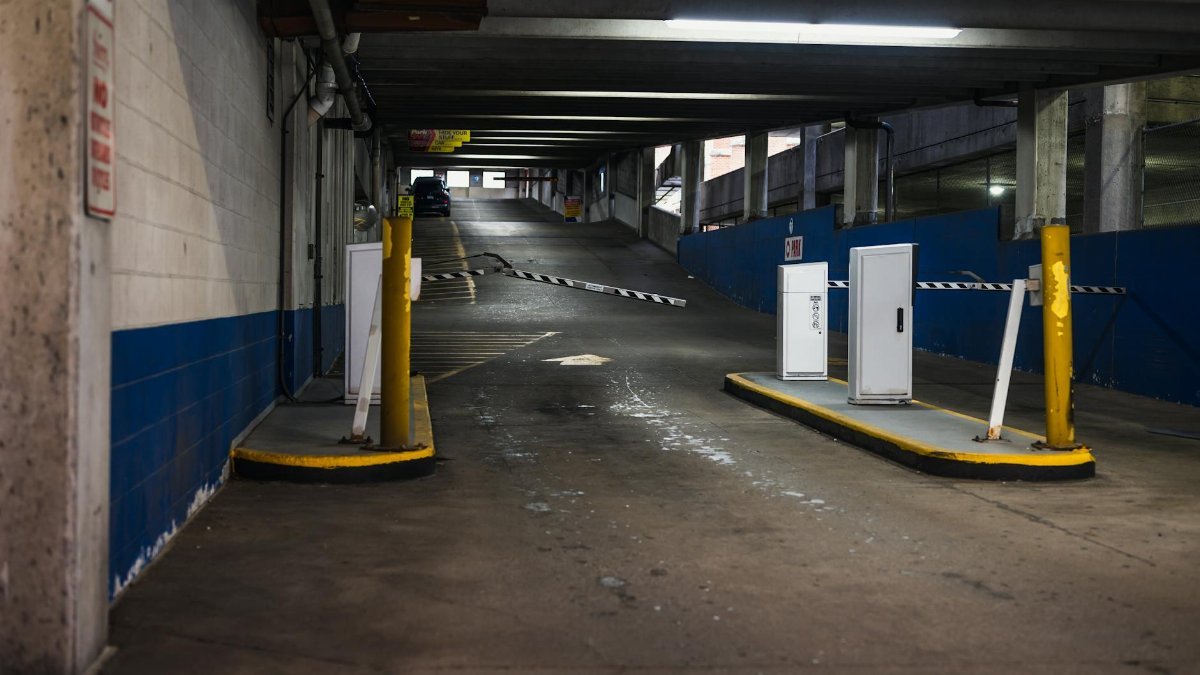Imagine a quiet room where the only sound is the faint hum of a tuning fork, or a remote cabin where even the wind seems to hold its breath. These contrasting scenes—sound baths and silence retreats—have become modern havens for those seeking relief from the relentless noise of daily life. Both promise healing, a way to reset the mind and body, but which truly delivers faster results? As stress levels climb for many Americans in 2025, the search for effective wellness practices has never been more urgent. The concept of sound bath silence heal captures this dual approach, blending the restorative power of curated vibrations with the profound stillness of absolute quiet. New research, including EEG data tracking brain activity, offers fresh insights into how these methods impact us. Let’s unpack what science and experience reveal about their potential to mend what feels broken.
The Rise of Sound Baths in American Wellness

Sound baths, where participants lie down and immerse themselves in waves of sound from gongs, singing bowls, or chimes, have surged in popularity over the past decade. Studios offering these sessions have popped up in cities like Los Angeles and New York, often marketed as a quick escape from urban chaos. The premise is simple: vibrations can realign the body’s energy, reduce stress, and even ease physical tension. A 2021 study from the University of California, San Diego, found that participants in sound bath sessions reported a 20% reduction in anxiety levels after just one hour, with measurable decreases in heart rate.University of California, San Diego News highlights ongoing research into sound therapy’s physiological effects. For many, the appeal lies in the immediacy—feeling a shift without needing to “do” anything beyond listening.
Yet, not everyone feels the magic right away. Some describe initial sessions as jarring, the unfamiliar tones clashing with their expectations of calm. Over time, though, regular attendees often report a cumulative effect, as if their nervous systems slowly learn to tune in. This growing trend reflects a broader hunger for passive healing methods in a culture that often glorifies hustle.
Silence Retreats: A Deeper Dive into Quiet

On the other end of the spectrum, silence retreats strip away all sensory input. Think of a weekend at a remote center like Spirit Rock in California, where speaking, technology, and even eye contact are often forbidden. The goal isn’t just to escape noise but to confront what bubbles up when there’s nothing to distract. Research from the National Institutes of Health shows that prolonged silence can lower cortisol levels, the stress hormone, by up to 30% in some individuals. Check the broader studies on stress reduction at NIH News Releases. For middle-aged adults juggling careers and family, this forced pause can feel like hitting a reset button.
But silence isn’t always comfortable. One retreat-goer recalled the first day as “suffocating,” their mind racing without the usual chatter to anchor it. By day three, though, they noticed a clarity they hadn’t felt in years. This suggests silence may take longer to yield benefits but could cut deeper for some.
What EEG Data Tells Us About Brain Response

Recent studies using electroencephalogram (EEG) technology provide a window into how sound baths and silence retreats affect the brain. Researchers at Johns Hopkins University tracked brainwave patterns during both practices, finding that sound baths often increase theta waves—linked to relaxation and creativity—within 20 minutes. Silence, meanwhile, showed a slower but more sustained rise in alpha waves, associated with a calm, meditative state. The data, summarized in reports accessible through Johns Hopkins Medicine News, suggests sound baths may offer a quicker mood lift, while silence builds a steadier foundation over time.
These findings aren’t just academic. They hint at why some people gravitate to one practice over the other. Those craving instant relief might lean toward sound, while others, perhaps with more patience or deeper unrest, seek the slow unraveling that silence provides. The sound bath silence heal debate isn’t just about preference—it’s about how our brains are wired to recover.
Accessibility and Barriers to Entry

Practicality plays a huge role in choosing between these two paths. Sound baths are often more accessible, with sessions costing $20 to $50 and lasting just an hour. Many are offered in urban yoga studios or even virtually, fitting into tight schedules. Silence retreats, by contrast, demand a bigger commitment—often a weekend or longer, with costs ranging from $200 to $1,000, not counting travel. Centers like the Insight Meditation Society in Massachusetts often have waitlists, as noted on their program pages at Insight Meditation Society Retreats. For someone working two jobs or raising kids, disappearing into the woods for days isn’t always feasible.
Then there’s the cultural fit. Sound baths, with their Instagram-friendly aesthetic, feel more approachable to some. Silence retreats can intimidate, especially for those unaccustomed to introspection without guidance. Both have their hurdles, but accessibility often tips the scales toward sound.
Personal Fit: Listening to Your Own Needs

Anecdotes reveal how varied the sound bath silence heal journey can be. Take the story of a 45-year-old teacher from Chicago who tried a sound bath after a grueling school year. She described the vibrations as “washing away” her tension, a near-instant release she could feel in her shoulders. Contrast that with a software engineer who spent five days at a silence retreat in Vermont. He admitted the first 48 hours were maddening, but by the end, he felt a quiet confidence that lingered for weeks. Neither experience is universally “better”—they simply met different needs at different times.
This underscores a key point: healing isn’t one-size-fits-all. Some thrive on the sensory input of sound, while others need the void of silence to process. Age, stress levels, even personality—whether you’re an extrovert craving stimulation or an introvert seeking solitude—can shape what clicks.
Long-Term Healing: Which Sustains?

Speed isn’t everything. The bigger question around sound bath silence heal is what sticks. Sound baths often provide a quick emotional boost, but without regular sessions, the effects can fade. Silence retreats, while slower to show results, sometimes leave a lasting imprint—participants report better focus or emotional resilience months later. A therapist in Seattle noted that clients who’ve done silence retreats often handle conflict with more patience, as if they’ve rewired their reactivity. Sound bath regulars, meanwhile, sometimes describe needing the sessions as a consistent “top-up.”
There’s no clear winner here. It’s more about maintenance versus transformation. If life feels like a sprint, sound might keep you going. If you’re ready to rebuild from the ground up, silence could lay the groundwork. The challenge lies in knowing what you’re truly after.
Blending Both for Balance

Why choose at all? Some practitioners argue that combining sound and silence offers the best of both worlds. A growing number of wellness centers now offer hybrid experiences—think a sound bath followed by a silent meditation hour. This approach leverages the immediate calm of sound to ease participants into the discomfort of silence. Online discussions often highlight how this balance feels more sustainable, with one person sharing anonymously that alternating between the two helped them manage chronic anxiety without feeling overwhelmed by either extreme.
In 2025, as more Americans experiment with holistic tools, this hybrid model might bridge the gap. It acknowledges that healing isn’t a race but a rhythm. Whether sound bath silence heal means leaning into vibrations, embracing quiet, or weaving them together, the path forward seems less about speed and more about finding what resonates with your life right now.
